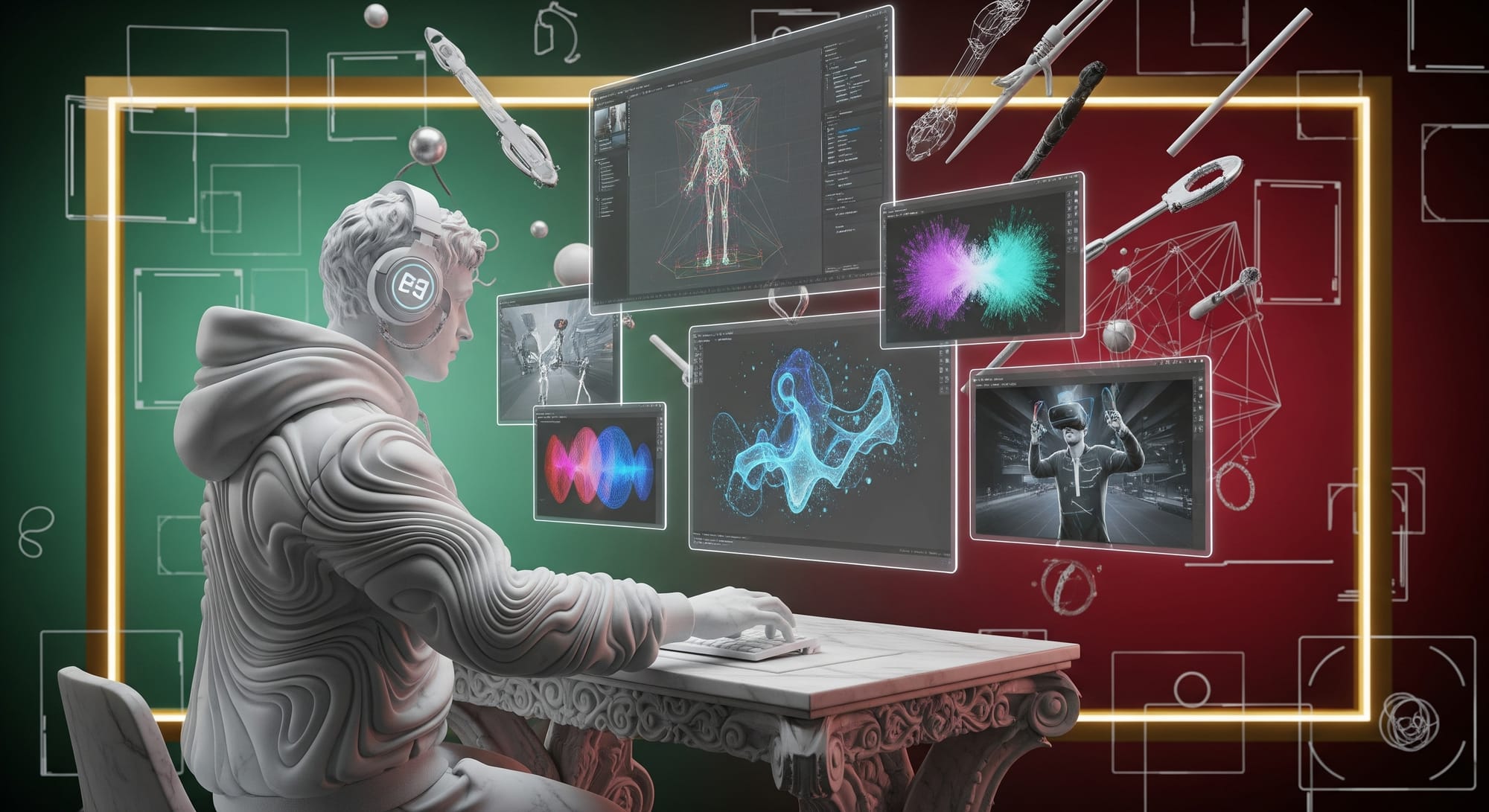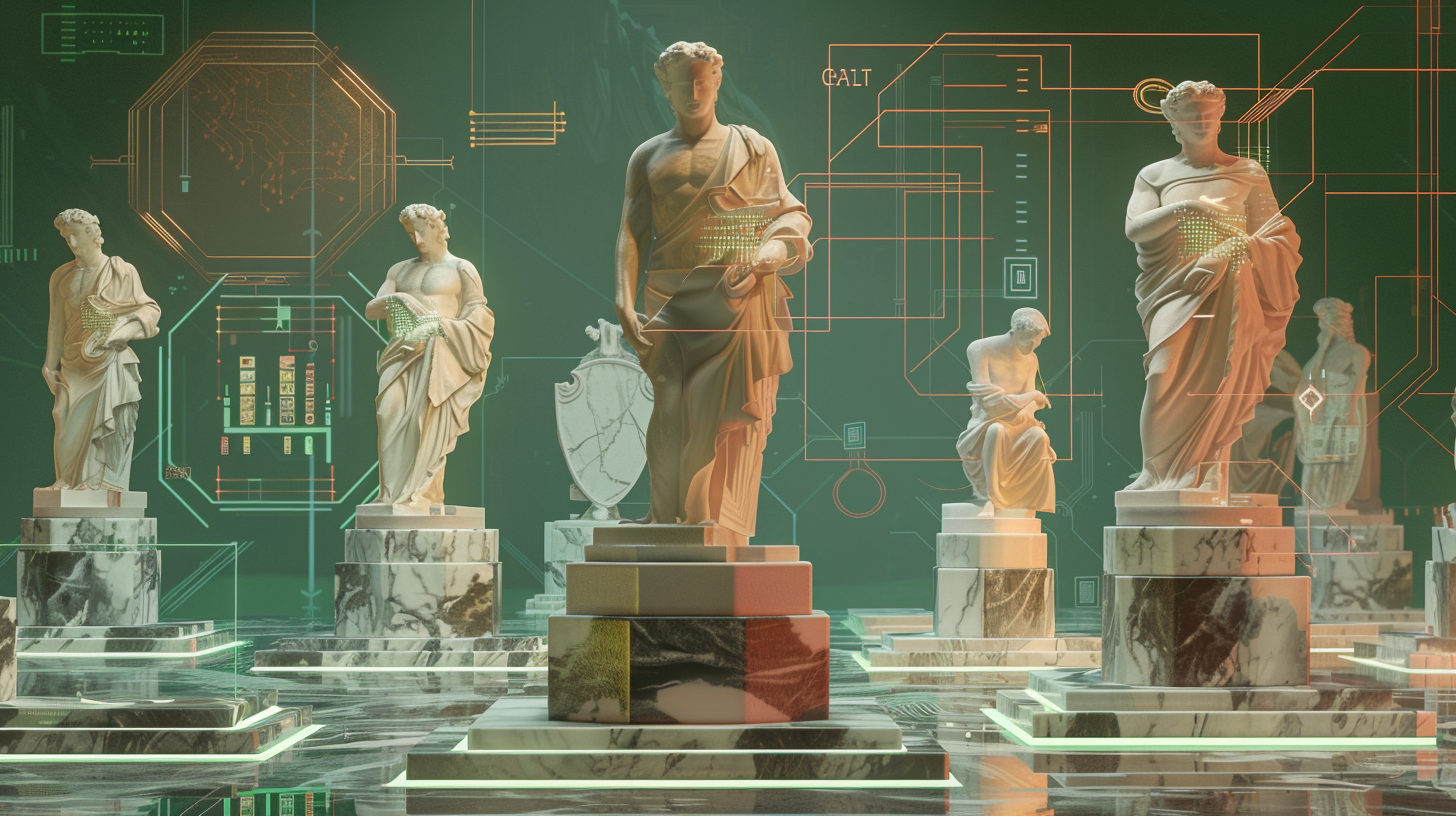3D animation doesn’t just show, it immerses, expresses, and remembers.
3D animation has become an essential part of visual storytelling, product marketing, game development, and brand communication. In 2025, it continues to evolve with new technologies, deeper integration with AI, and broader adoption across industries.
Whether you're a business seeking to enhance your visual identity, a game developer aiming to create immersive worlds, or a content creator exploring new mediums, understanding the types of 3D animation and how they’re used today is crucial.
In this guide, we’ll explain what 3D animation is, list the major 3D animation names and styles, and explore how AI in game development is changing how animation is produced and used.
What Is 3D Animation?
3D animation is the process of creating moving images in a three-dimensional digital space. Unlike 2D animation, which works on a flat plane, 3D animation gives objects depth, perspective, and volume, making visuals appear more lifelike.
It typically involves several stages:
- Modeling – Creating 3D objects or characters
- Rigging – Adding bones or joints for movement
- Animation – Defining how objects move over time
- Texturing and Lighting – Adding surface detail and environmental lighting
- Rendering – Producing the final output as video or interactive content
Why 3D Animation Is Important in 2025
In 2025, 3D animation is no longer be limited to movies or gaming. It plays a critical role in:
- Marketing – Product explainer videos, digital ads, brand animations
- E-commerce – 360° product views, AR try-ons
- Training & Education – Simulations, virtual learning content
- UI/UX – Motion design for web and apps
- Gaming – Real-time character and world creation, enhanced by AI in game development
As audiences grow more visually oriented, 3D animation provides brands and developers with the tools to communicate complex ideas clearly and creatively.
Types of 3D Animation in 2025
Understanding the types of 3D animation allows businesses, designers, developers, and marketers to select the right medium for their goals. Below is a detailed breakdown of the most prominent 3D animation types in 2025, along with use cases, technical notes, and examples.
1. Character Animation
Character animation is the process of bringing digital characters to life using movement, expressions, and personality. It’s commonly used in animated movies, games, virtual influencers, and brand mascots. The characters are created using 3D modeling and are given motion through rigging and animation tools. In 2025, many creators use motion capture and AI to make characters move more naturally. This type of 3D animation helps tell stories, create emotional connections, and build memorable experiences. It’s especially popular in entertainment, marketing, and interactive media.
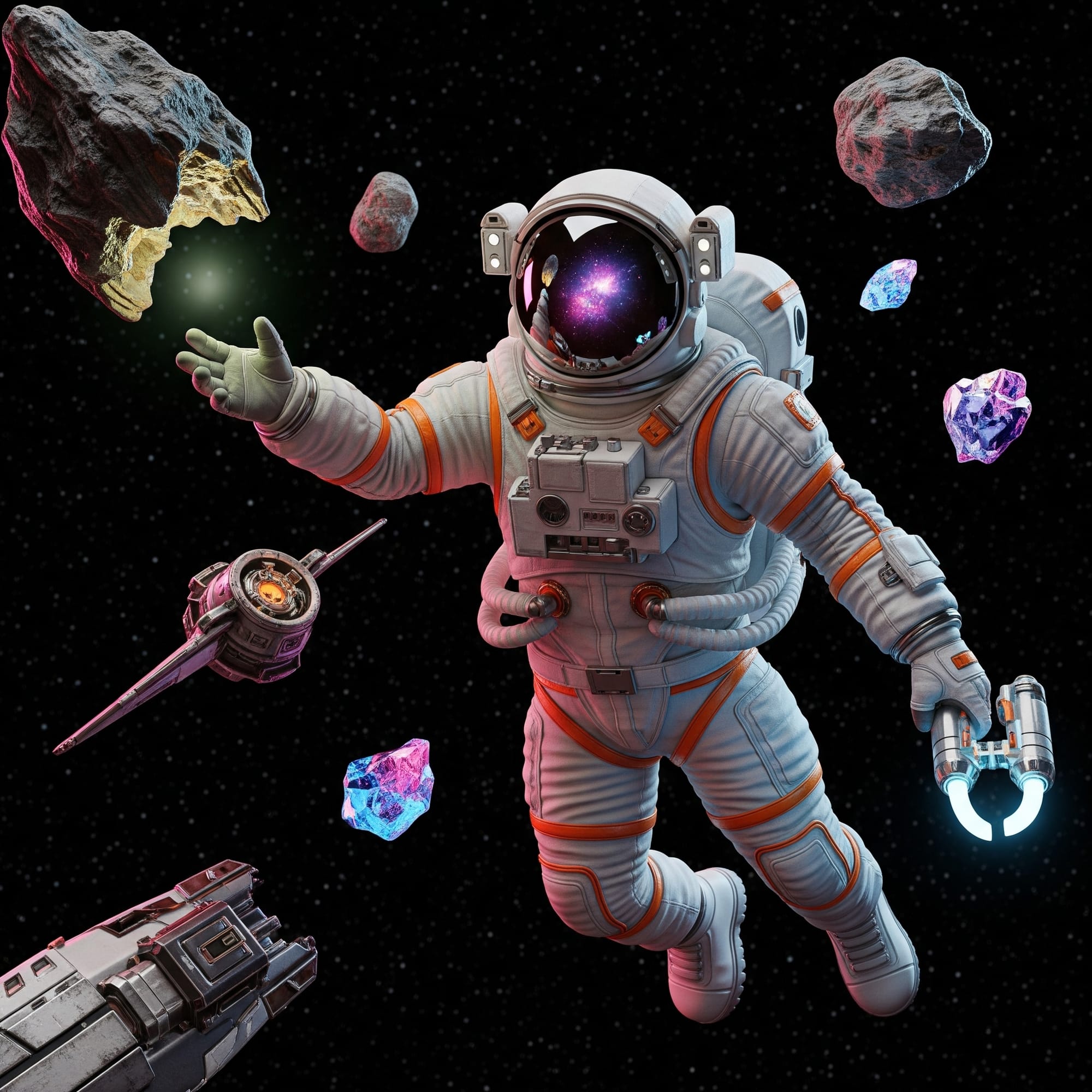
Essential aspects:
- Facial expressions and lip-syncing
- Body movement and gestures
- AI-powered behavior modeling
- Realistic eye tracking and physics-based clothing/hair movement
Common Uses:
- Video games (NPCs, main characters)
- Animated films and web series
- Virtual brand mascots and digital humans
- VR/AR training experiences
Tools / 3D Animation Names:
- Autodesk Maya
- Blender + Rigify
- MetaHuman Creator
- Cascadeur (for AI-assisted motion)
2. Product Animation
Product animation shows how a product looks, works, and functions using 3D visuals. Instead of static photos, it allows viewers to see the product from every angle, explore internal parts, or understand how it’s used. This is helpful for tech products, machines, medical devices, or any product with complex features. In 2025, product animation is widely used in e-commerce, investor pitches, and product launches. It helps explain ideas clearly and makes marketing more visual and engaging. It also reduces the need for physical prototypes in early stages.

Essential aspects:
- 360° interactive views
- Exploded part animations
- Internal mechanism visualization
- Stylized brand-focused sequences
Common Uses:
- Product launches and landing pages
- E-commerce platforms (3D spins)
- Tech product explainers (e.g., gadgets, machines)
- Manufacturing & prototyping walkthroughs
Tools / 3D Animation Names:
- KeyShot (for rendering)
- Blender
- Cinema 4D + Redshift
- Unreal Engine (for real-time interactivity)
3. Architectural Visualization (Archviz)
Architectural visualization, or ArchViz, is used to create animated walkthroughs of buildings, interiors, or urban spaces. It helps clients, investors, or buyers see what a space will look like before it’s built. These animations include lighting, textures, furniture, and realistic details to create a lifelike experience. In 2025, many architects and real estate companies use this to showcase properties online or in virtual reality. It saves time, improves communication, and makes design decisions easier. It’s commonly used for homes, offices, hotels, and public spaces.

Essential aspects:
- Realistic textures and lighting (ray tracing, PBR)
- Day-night and weather cycle simulations
- Virtual walkthroughs and fly-throughs
- Compatibility with AR/VR for immersive previews
Common Uses:
- Real estate marketing
- Smart city simulations
- Hotel, mall, or showroom previews
- Interior design portfolios
Tools / 3D Animation Names:
- Lumion
- Twinmotion
- SketchUp + Enscape
- Autodesk 3ds Max
4. Motion Graphics (3D Infographics)
3D motion graphics turn information like numbers, charts, or ideas into moving visuals. Instead of showing data in a flat way, this type of 3D animation adds depth, movement, and storytelling. It’s often used in business presentations, explainer videos, and digital ads. In 2025, motion graphics are used by companies to simplify complex topics and make content more interesting. It combines design and animation to make things easier to understand. This type of animation is quick, flexible, and works well with voiceovers and music.
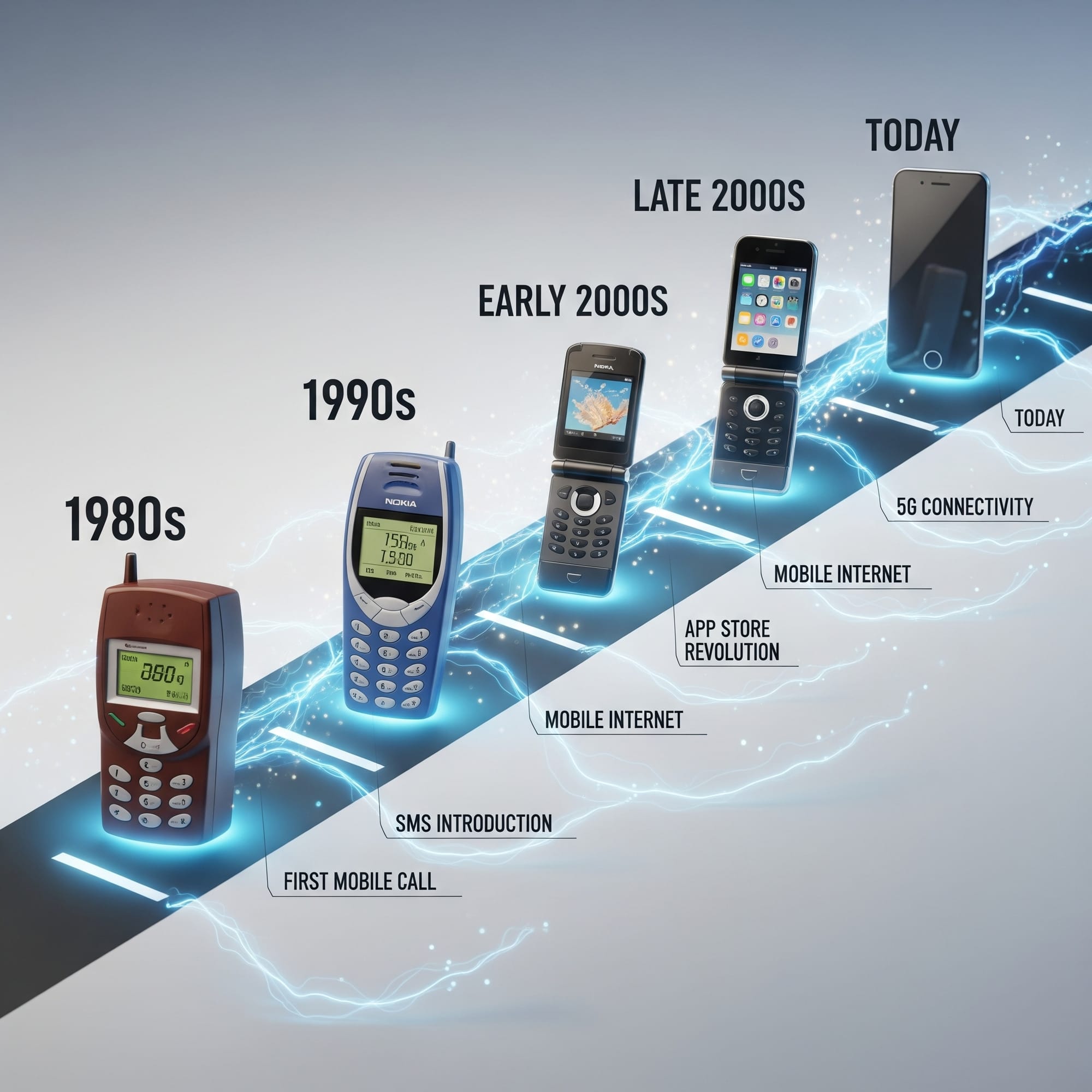
Essential aspects:
- Typography animation in 3D space
- Data-driven visuals (charts, flows, timelines)
- Kinetic brand elements and transitions
- Smooth UI/UX presentation animations
Common Uses:
- Brand promo videos
- Corporate explainers
- SaaS dashboards
- Financial visualizations
Tools / 3D Animation Names:
- Cinema 4D
- Adobe After Effects + Element 3D
- Blender
- Houdini (for procedural data flows)
5. Simulation and VFX
Simulation and VFX animation is used to show natural elements like fire, water, smoke, or destruction. It uses physics-based tools to create effects that look real but are hard to film in real life. In 2025, this animation is used in games, movies, educational content, and even science demos. For example, it can show how a building reacts in an earthquake or how air flows through a car engine. It adds realism and impact to animations and is useful for both creative and technical industries.
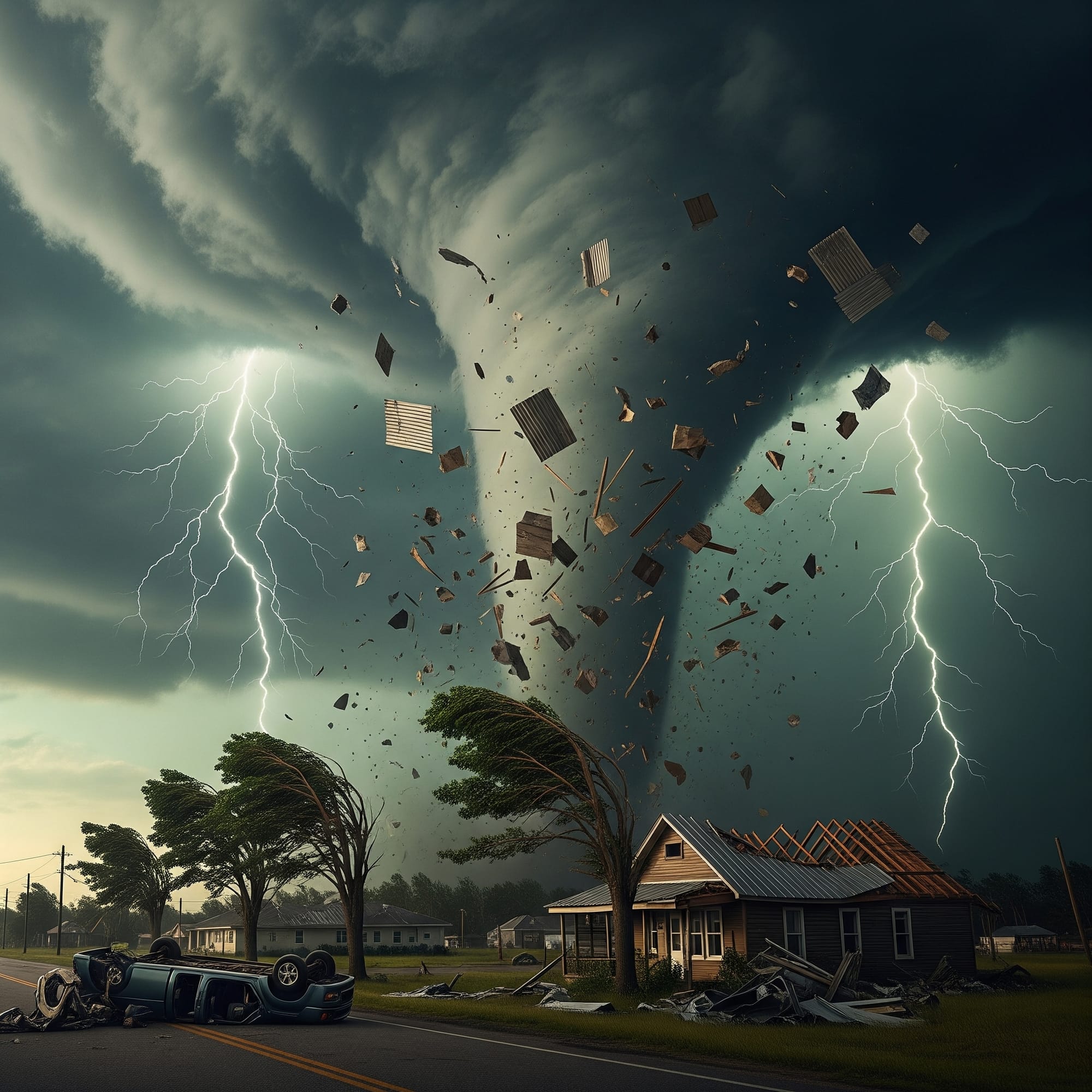
Essential aspects:
- Simulated fluids, fire, smoke, wind, and cloth
- Collision and destruction sequences
- Crowd behavior and AI-driven motion
- Particle effects and environmental realism
Common Uses:
- Sci-fi and fantasy content
- Explainer videos (e.g., airflow, combustion)
- Weather and disaster simulations
- Scientific visualization
Tools / 3D Animation Names:
- Houdini (industry leader for simulations)
- Blender (fluid and smoke sim)
- RealFlow
- Phoenix FD for V-Ray
6. 3D Game Animation
3D game animation focuses on animating in-game characters, environments, and cinematic sequences. In 2025, this is deeply integrated with AI in game development for more responsive, adaptive animation.
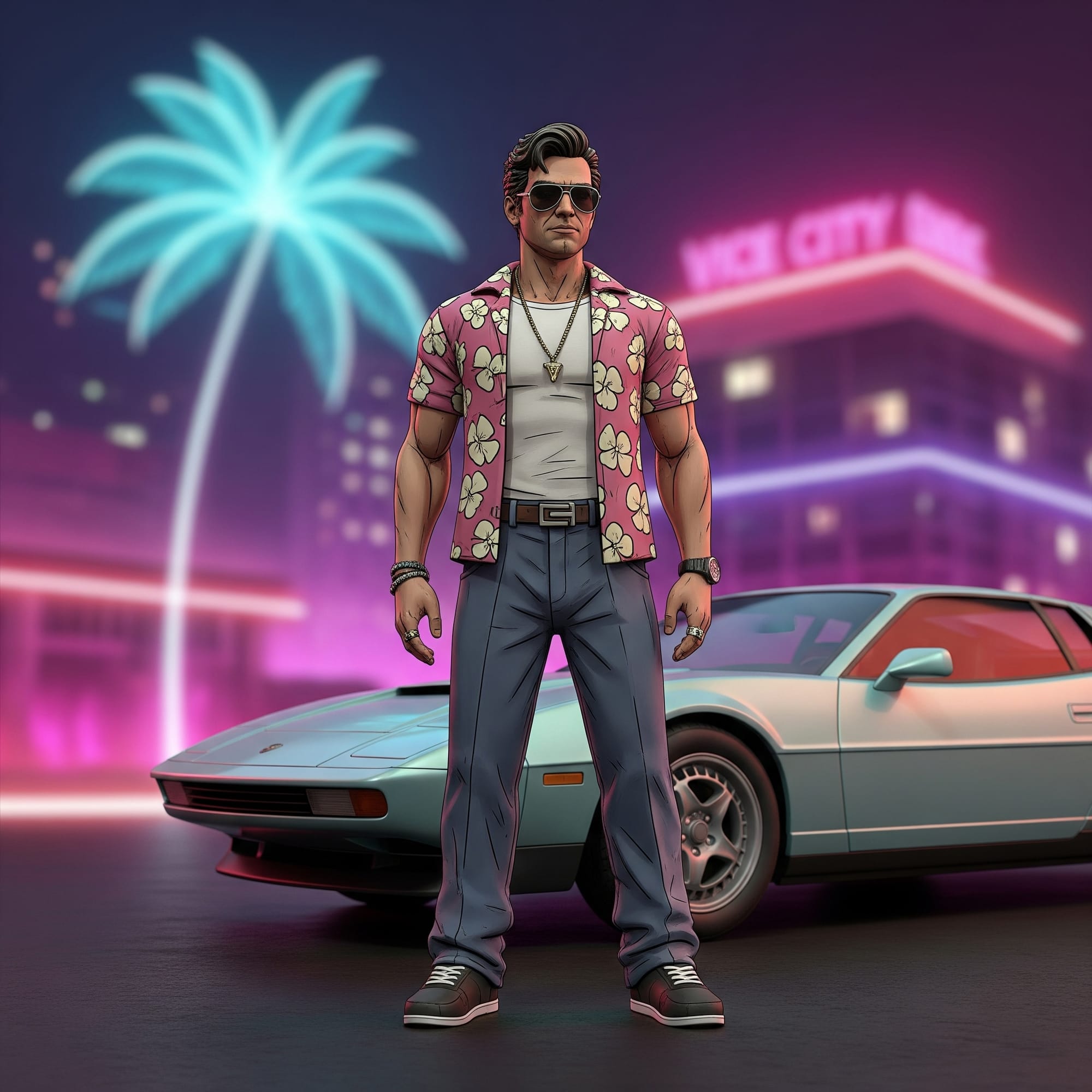
Essential aspects:
- Real-time animation using game engines
- AI-generated motion paths
- Player-reactive cutscenes and emotes
- Inverse kinematics (IK) and ragdoll physics
Common Uses:
- Video games (console, PC, mobile)
- AR/VR experiences
- Gamified training apps
- Metaverse worlds
AI in Games Development Enhancements:
- Generative animations based on behavior trees
- Emotion-driven facial animation
- AI-controlled gesture syncing
- Procedural level design + animation
Tools / 3D Animation Names:
- Unreal Engine 5
- Unity + Timeline & Animator
- Reallusion iClone
- Mixamo (auto-rigging)
Common 3D Animation Names and Software Tools in 2025
If you're exploring 3D for your project, here are some well-known 3D animation names (tools and platforms) that dominate in 2025:
Industries Using 3D Animation in 2025
Conclusion
In 2025, 3D animation is not just a creative tool; it’s a business asset. Whether you're enhancing a game with AI, visualizing a complex product, or telling your brand story through motion, choosing the right type of 3D animation is key to success.
With advancements in AI in game development, smarter tools, and growing demand across industries, 3D animation offers endless possibilities for engagement, immersion, and impact.
In a world of static content, motion stands out. Choose the right type of 3D animation, and you won’t just be seen, you’ll be remembered.
Looking to integrate 3D animation into your next project? Whether it’s product visualization, character design, or real-time game assets, Wunderkint can help you bring your ideas to life with precision and impact.
👉 Get in touch to discuss your animation needs.
